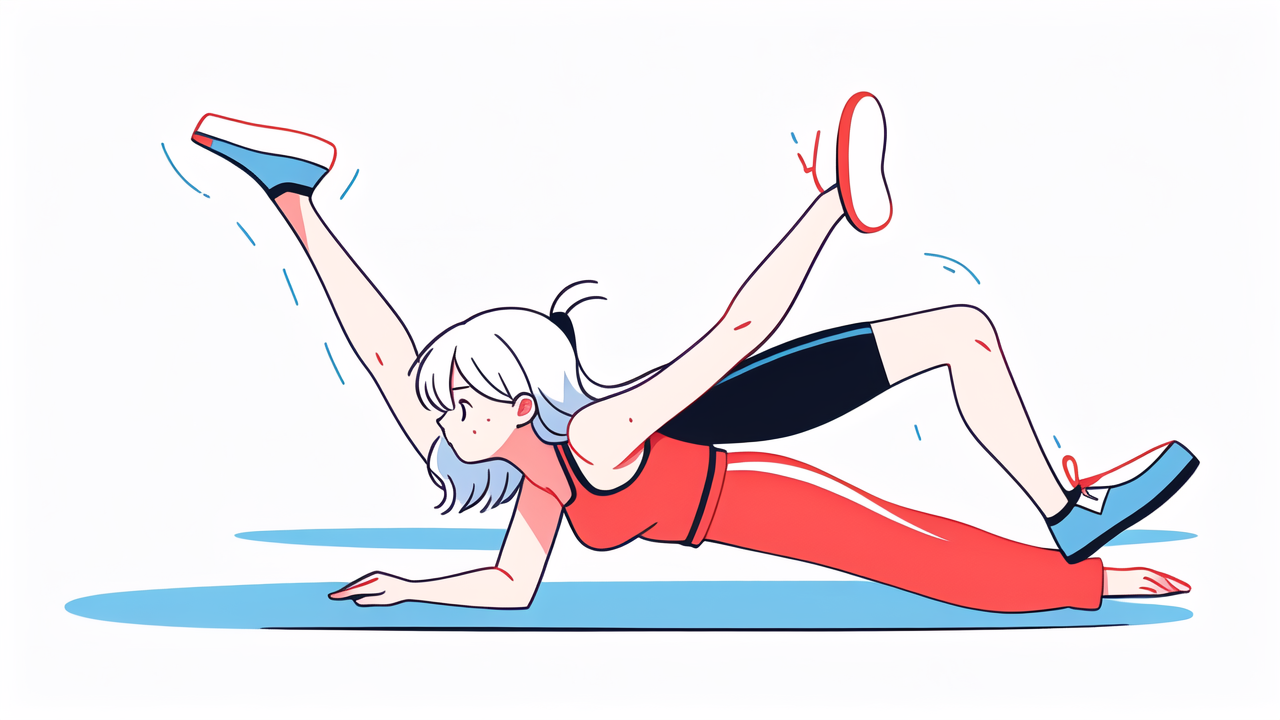
Understanding the Intersection of Running and Yoga
Exploring the Benefits of Yoga for Runners
Yoga and running may seem like different worlds, but they complement each other perfectly. Runners can gain a lot from adding yoga to their routine. Here's how:

- Yoga improves flexibility. This helps prevent injuries that runners often face.
- It boosts strength, especially in the core and legs. Stronger muscles mean better running form.
- Breath control learned in yoga can enhance stamina during long runs.
- Mental focus is key in both. Yoga's mindfulness can help runners stay centered.
- Finally, yoga aids recovery. It can speed up the healing of sore muscles after a run.
Adding yoga to a running schedule brings balance to the physical and mental demands of both.
The Psychological Impact of Incorporating Yoga into a Running Routine
Integrating yoga into a runner's routine offers profound psychological benefits. Engaging in yoga helps clear the mind and provides a sense of calm and focus, which can be especially valuable during long distance runs. It encourages mindfulness, allowing runners to be more present and aware of their body's signals. This mindfulness fosters a better connection with oneself, promoting a positive mental state and reducing stress. The meditative aspect of yoga can also enhance concentration and mental endurance, key traits that benefit runners during challenging workouts or races.
Essential Yoga Poses for Runners
Strengthening the Core with Yoga
A strong core is key for runners. It aids in stability and balance. Yoga can enhance this. Poses like Planks, Boat, and Warrior III work your core. They improve running posture and reduce injury risk. Try these yoga poses to boost your core strength.
Yoga Poses that Complement Running Workouts
- Downward-Facing Dog: Stretches hamstrings, calves, and back.
- Warrior I: Builds leg strength, opens hips, and improves balance.
- Triangle Pose: Enhances side body stretch and strengthens thighs.
- Bridge Pose: Stabilizes glutes and stretches hip flexors.
- Cobbler's Pose: Opens hips and groin area, promoting flexibility.
- Legs-Up-The-Wall Pose: Relaxes legs and improves circulation.
Balancing the Body: Yoga Poses for the Upper and Lower Extremities
Runners know the legs are crucial. But upper body balance is key too. Yoga can help. Focus on poses that target both areas. For the lower body, try poses like Downward Facing Dog. It stretches the calves and hamstrings. Also, consider the Warrior series. These poses strengthen the thighs and glutes. For the upper body, work on the Plank pose. It does wonders for the arms and abs. Lastly, try the Camel Pose. It opens up the chest and shoulders. These poses ensure full body harmony. Together, they balance and enhance your running.
Implementing Yoga Principles into Running Training
Building a Routine: Integrating Yoga with Running
Creating a routine that merges yoga with running can boost your fitness. Start by adding short yoga sessions after runs. Pick days to focus more on yoga. Over time, increase yoga's duration and intensity. Blend breath control and mental focus from yoga into your runs. This can improve your performance and recovery. Aim for balance in both practices for best results.
The Role of Mindfulness in Yoga and Running
The practice of mindfulness, a key element of yoga, is essential for runners too. It helps in focusing on the present moment and gaining a clearer mental state. For runners, mindfulness can enhance their awareness of body signals. This can lead to improved performance and reduced risk of injury. It can also foster a deeper connection with the running experience, making it more enjoyable. Mindfulness techniques from yoga, like deep breathing and meditation, help runners de-stress. This in turn boosts recovery after long runs. By embedding mindfulness into their regimen, runners can achieve a more balanced approach to their training.
Measuring Progress: Tracking Performance in Yoga and Running
To gauge the impact of yoga on running, track your progress. Log your running pace, distance, and ease. Note changes in flexibility, balance, and recovery time after yoga. Record your feelings of mental clarity. Use a fitness app or journal. Look for patterns over weeks and months. Celebrate improvements, however small, and adjust your training as needed. This mindful approach merges the physical and mental benefits of both practices.
